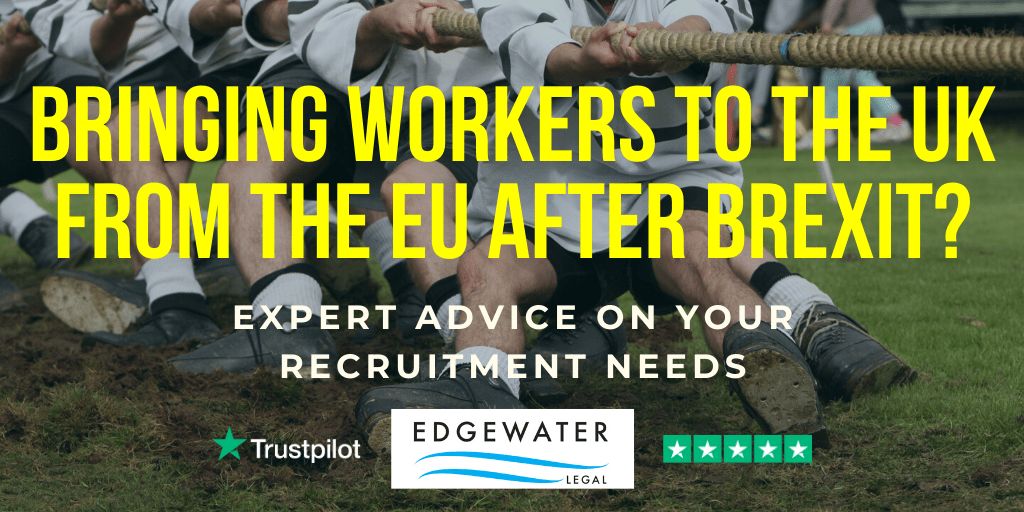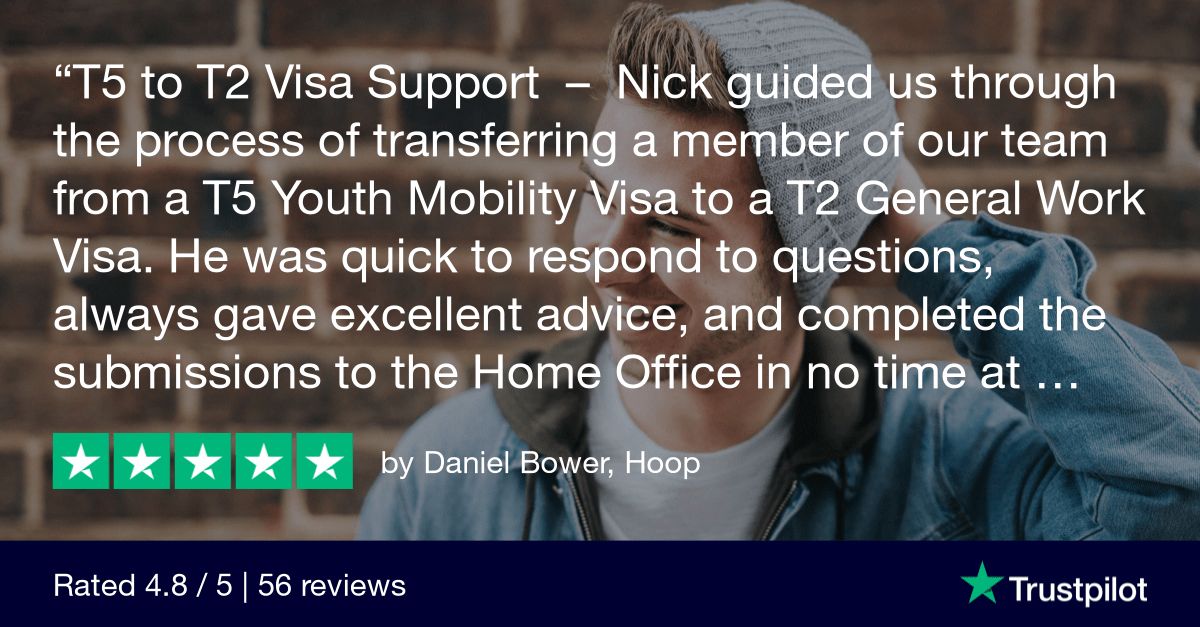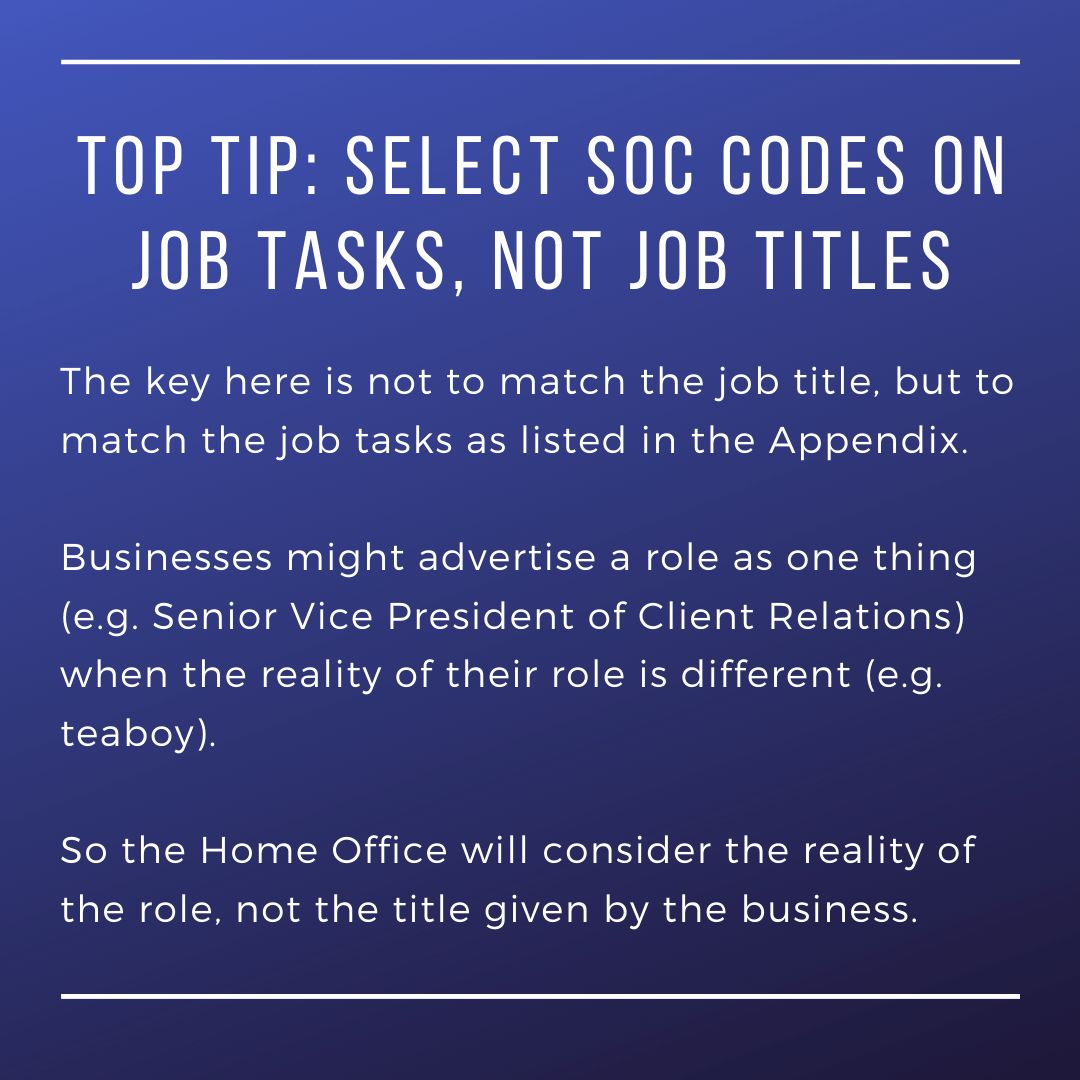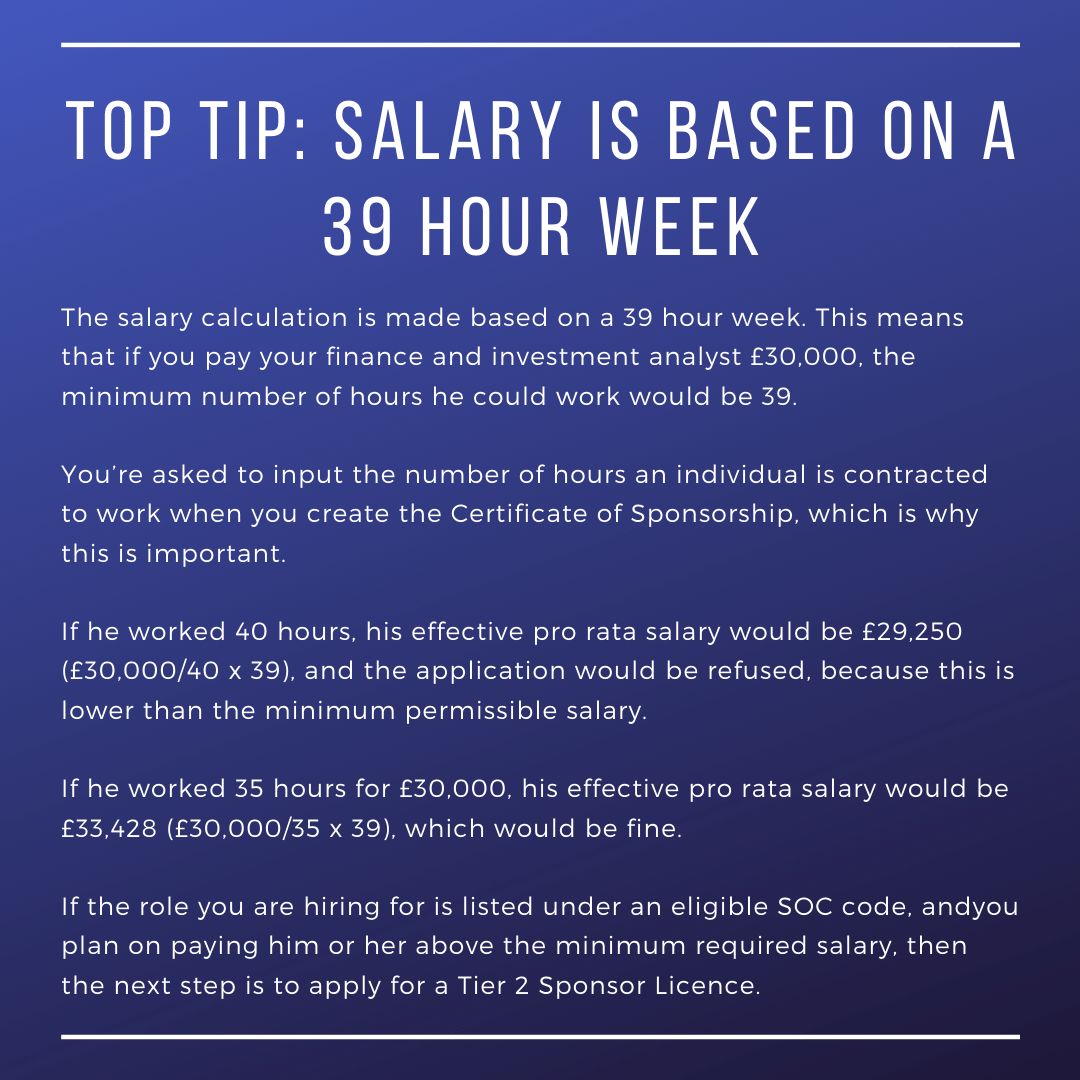
Do you need a Tier 2 Sponsor Licence?


In this series we will look at the process companies need to go through if they want to recruit a foreign national from overseas.
This post covers the question of whether a business needs a licence, and has been updated to reflect the announcements made by the government regarding the new immigration system due to be implemented from January 2021.
The Home Office has announced that it intends
to open key routes from Autumn 2020, so that migrants can start to apply ahead the system taking effect in January 2021. Employers not currently approved by the Home Office to be a sponsor should consider doing so now if they think they will want to sponsor skilled migrants, including from the EU, from early 2021.
If you are an employer and you believe you will need to sponsor migrants from 2021 then contact us now to discuss your needs. More information about our sponsorship service for companies is available here.
Do you need a Tier 2 Sponsor Licence?
If a company wishes to recruit a skilled foreign national worker from overseas, they will need a Tier 2 Sponsor Licence.
After the Brexit transition period (from 1 January 2021), ‘overseas’ will mean anywhere outside of the UK (including the EU).
And ‘foreign national’ will mean any person – including European nationals – who do not have a right to live and work in the UK.
There are currently just over 30,000 businesses in the UK that hold Tier 2 Sponsor Licences. That compares to 250,000+ businesses that employ 10 or more individuals across the UK.
It is therefore likely that far more businesses will need to engage with the sponsorship system than had previously.

Defining the role
The first task for any business looking to hire from overseas is to define the role for which they are hiring, and to prepare an outline job description.
Businesses can only sponsor ‘skilled’ workers under the Tier 2 skilled worker route, which the government currently defines (broadly) as those in roles requiring a BA-level degree or higher.
So, for instance, a business can’t currently sponsor a secretary to come and work in the UK, even if they type 200 words per minute. There are some limited exceptions for shortage occupations which are below BA-level, where individuals with lower level qualifications (e.g. curry chefs) are eligible.
The full list of eligible occupations is included in the immigration rules, at Appendix J. The Shortage Occupation List is contained at Appendix K.
Note, however, that from January 2021, the government has announced that the required skill level will be reduced, and roles requiring a skill level equivalent (roughly) to A-levels will be eligible for sponsorship.

Choosing a SOC code
Part of the process of assessing whether the role is eligible is choosing the right Standard Occupation Classification (SOC) code.
This is one of the trickiest (and most important) parts of the process. If you choose the wrong SOC code, the migrant who you have sponsored may have their application refused.
As you will see, Appendix J is made up of several tables containing SOC codes.
Businesses should be looking to match the job description they have created for the role with the example job tasks for one of the SOC codes in the relevant table.
At the time of writing, Table 2 in Appendix J contains most of the eligible roles (meaning those at RFQ Level 6 (degree level) and above).
However, as stated above, this will change with the new immigration system from January 2021, with more roles deemed eligible from that time.
If the role does not appear in the list of eligible roles (again, at the time of writing), then it may be on the Shortage Occupation List, meaning that it could be a lower skilled role but still acceptable because the country has a shortage of qualified people in the role.

Appropriate salary
Once confident that the role fits within the eligibility guidelines, the final consideration is salary: migrant workers must be paid at a minimum level to qualify under the Tier 2 sponsorship scheme.
At the time of writing (February 2020), the minimum salary for experienced workers is the higher of £30,000, or the minimum salary for the relevant role, or 'going rate' as it is sometimes referred to.
The current minimum salary levels are set out within Appendix J, next to the SOC codes. You will find two rates: one for ‘new entrants’ and another for ‘experienced workers’.
New entrants
The new entrant pay threshold reflects the fact that people in the early stages of their career are generally paid less than their more experienced counterparts.
Applicants may be eligible for this lower rate where
- They have previously been studying and are currently in the UK with leave to remain as a student
- The prospective role is a specified new graduate job or internship
- The prospective sponsored employee would be under the age of 26 on the date they make their visa application
And in all cases as the rules currently stand the period of sponsorship must not last more than 3 years and 1 month in total (including any previous time on Tier 2).
Experienced workers
This is the minimum rate that will apply where an individual does not qualify as a new entrant, and does not come within a limited number of other exceptions.
The current minimum salary is the higher of £30,000, or the experienced worker salary listed next to the SOC code in Appendix J.
So if you are hiring a finance and investment analyst under SOC 3534 (where the experienced worker rate is £28,500), the minimum applicable salary will still be £30,000.

If the role you are hiring for is listed under an eligible SOC code, and you plan on paying him or her above the minimum required salary, then the next step is to apply for a Tier 2 Sponsor Licence.
This is covered in our next post.
Main image credit: Photo by Bethany Legg on Unsplash